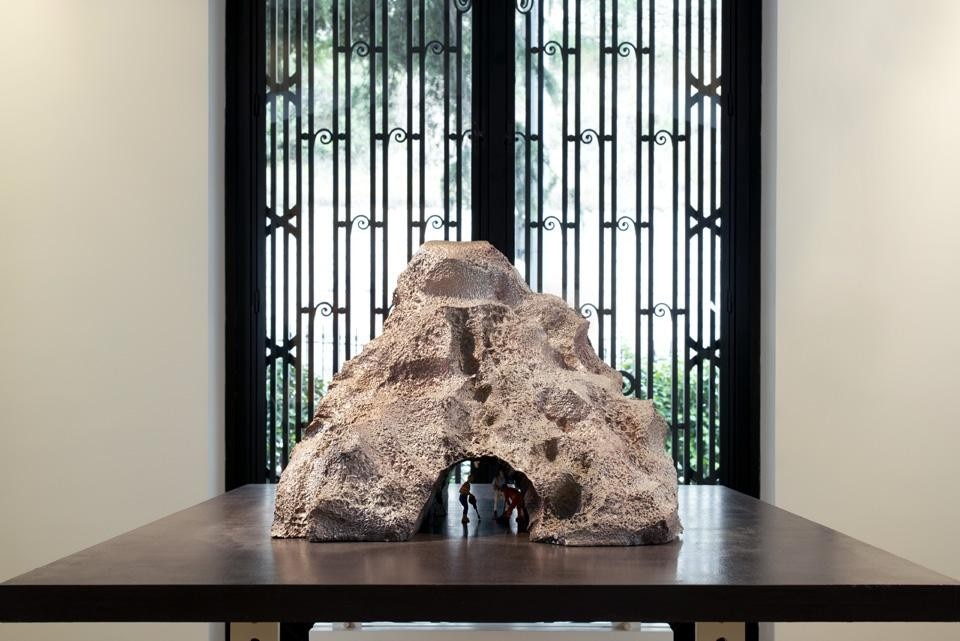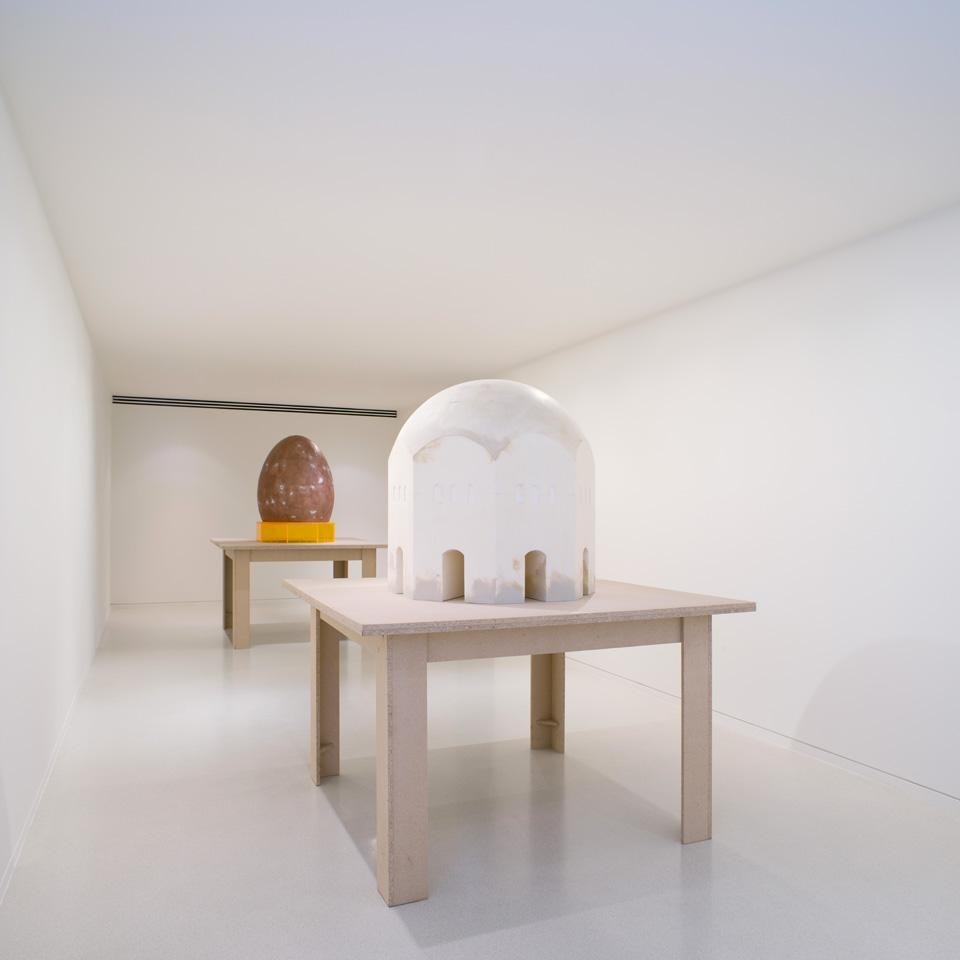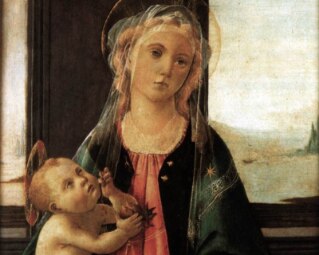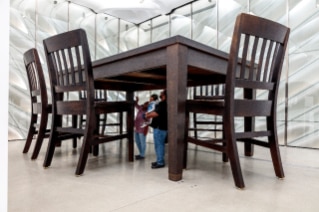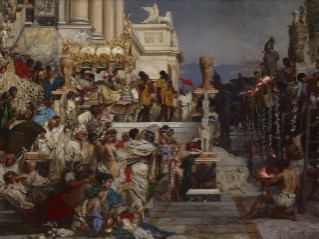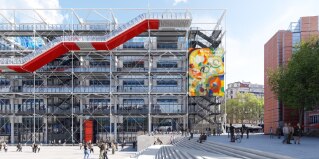Schütte's work on architecture appears to correspond to a personal reflection around the figure of man and consequently of contemporary society. Through an open-ended inventory of strongly evocative typologies, presented as an allegory of his vision of the world, the artist has put together a critical and emotionally-engaging account of his own times. Schütte's interest in the architectural object isn't a mere speculative exercise on possible combinations of volumes or on the given form; instead, it is motivated by the desire for each constructed cell to be taken as a device for representation: the built entities in reduced scale are maquettes with a high symbolic value. The making of these pieces transfers the private thoughts of the artist onto a public plane, into a dimension that is also political, coming together in an intense and disenchanted comment on the contemporary condition.
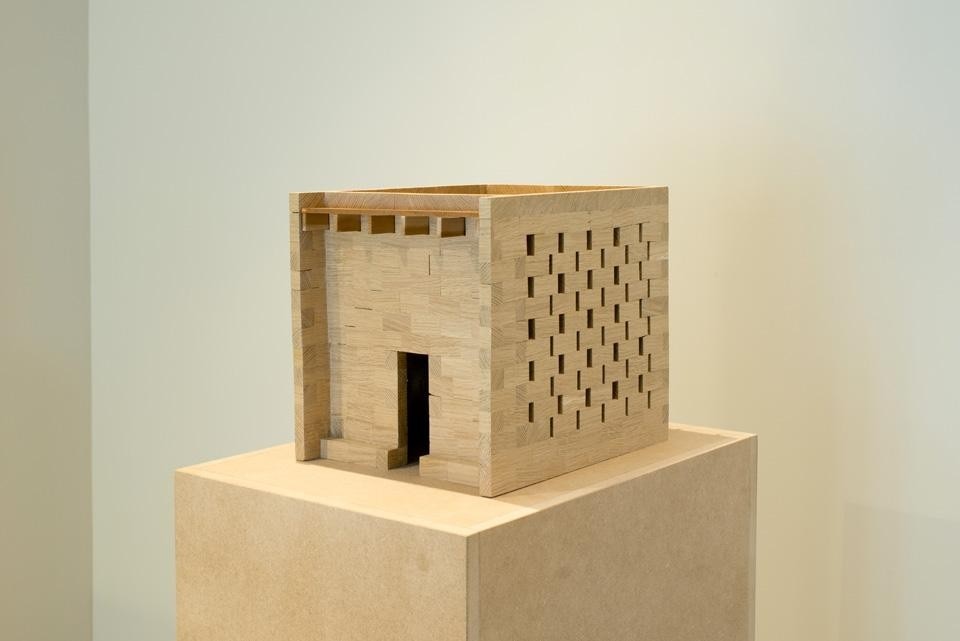
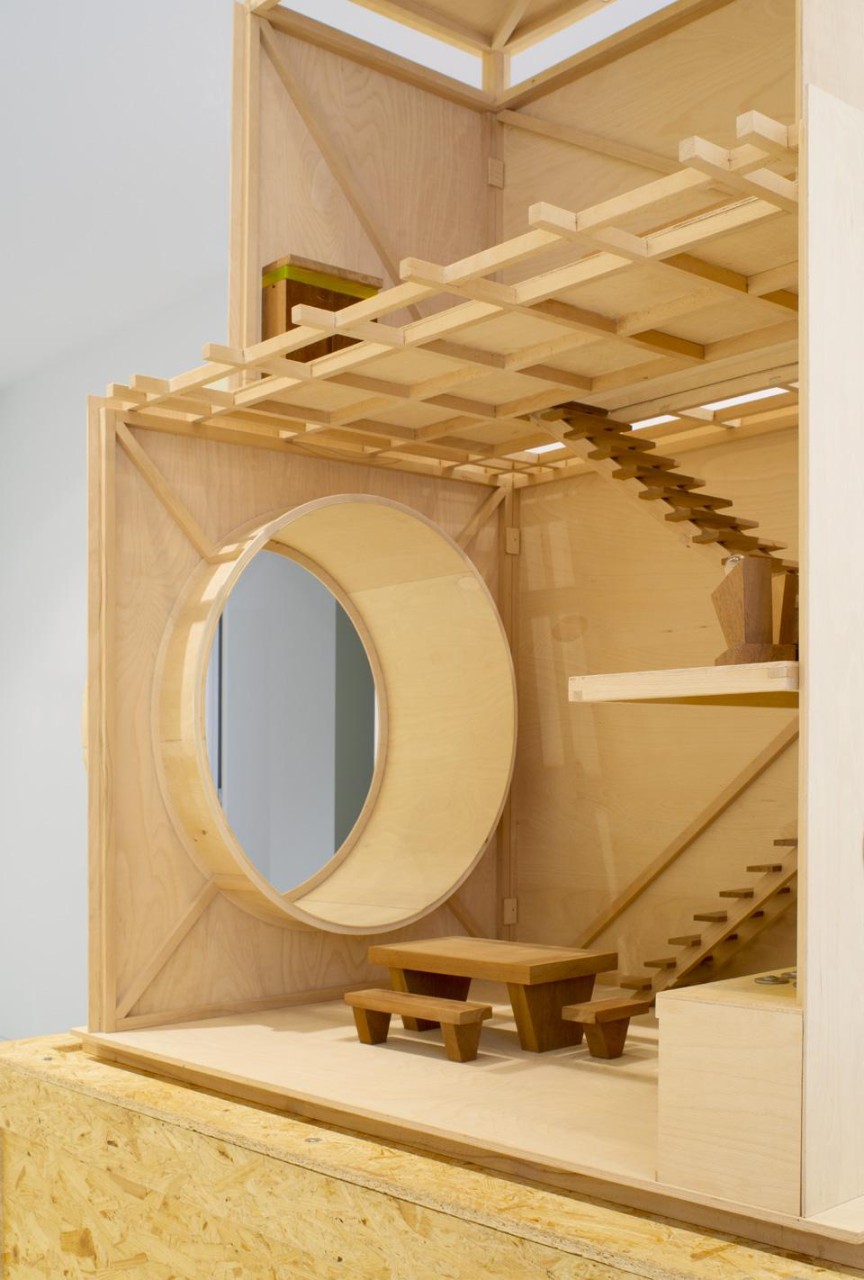
At a stylistic level, the German artist's capacity for synthesis is extraordinary because it is able to define an original and coherent identifying style, without renouncing a capacity for relating to — and sophisticatedly referencing — a number of architectural works recognised as exemplary twentieth century models. In the one-man-show at Villa Paloma, the model of Tempel I and the etching representing the Model K bunker regard a modus aedificandi that has a strong relationship with the solid plasticity of German expressionism; the Tempel I in particular seems to find affinity more in its "solemn" layout than in the development of its formal attributes with Rudolf Steiner's second Gotheanum. While the two Ackermans Temple models (one in wood, the other in Lego) can certainly be related to Aldo Rossi's style, in the two models Ferienhaus für Terroristen more than a post-modern matrix, it could be correlated with some of the architecture from "heroic" Californian modernism.
Thomas Schütte's interest in architecture is motivated by the way he sees in this disciplinary sphere a capacity for representation useful for expressing and signifying the world
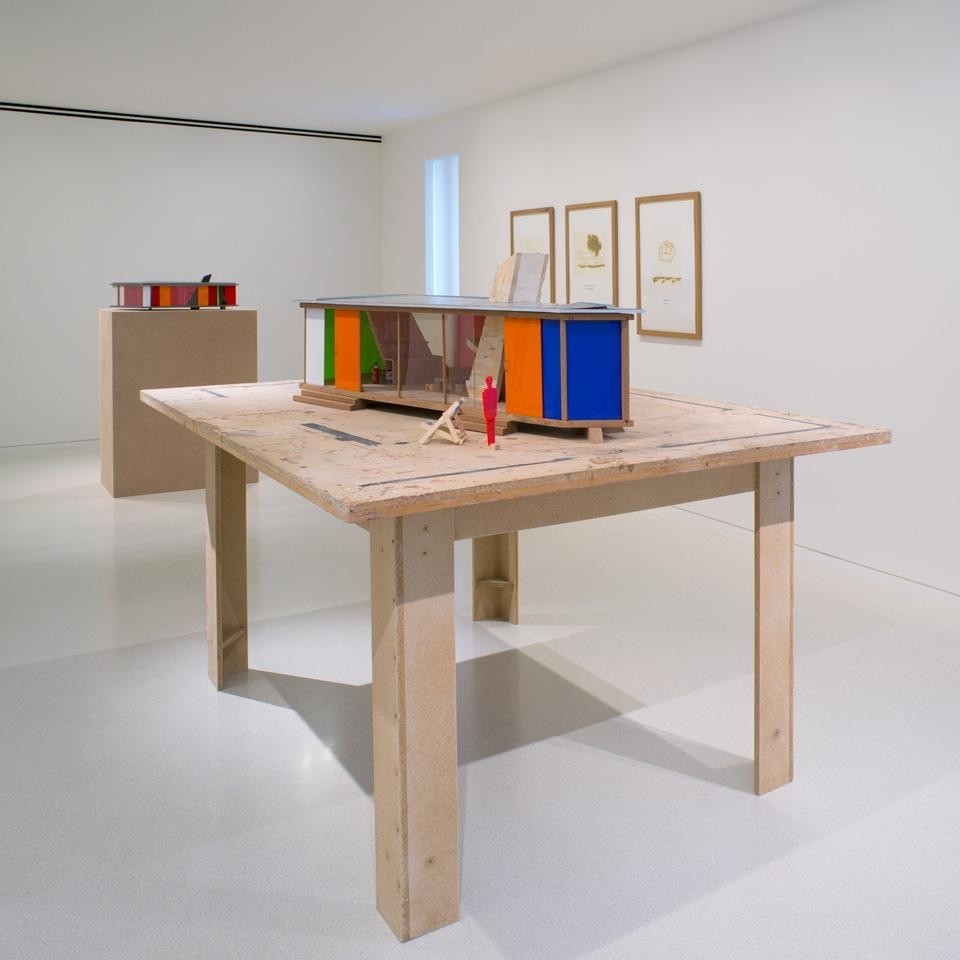
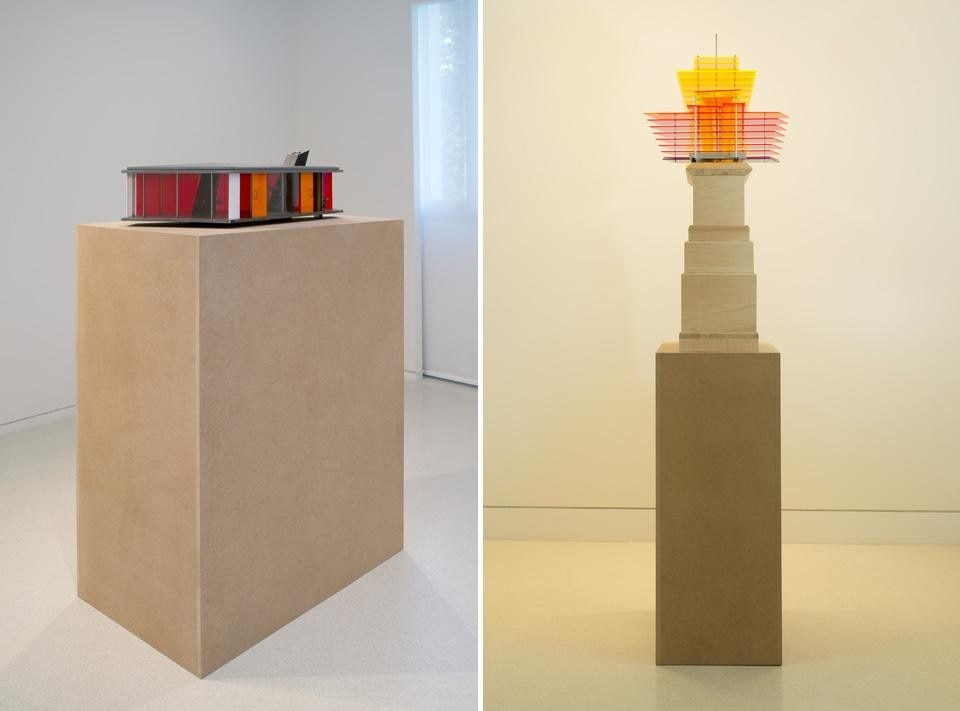
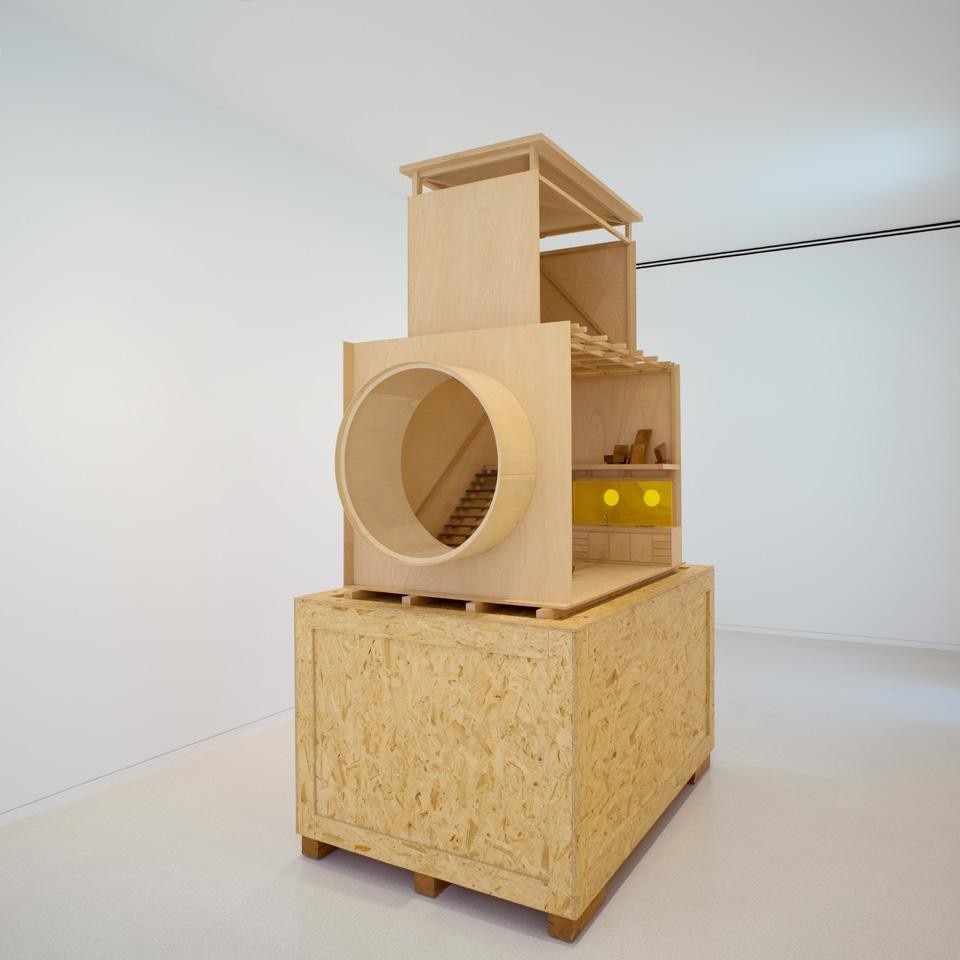
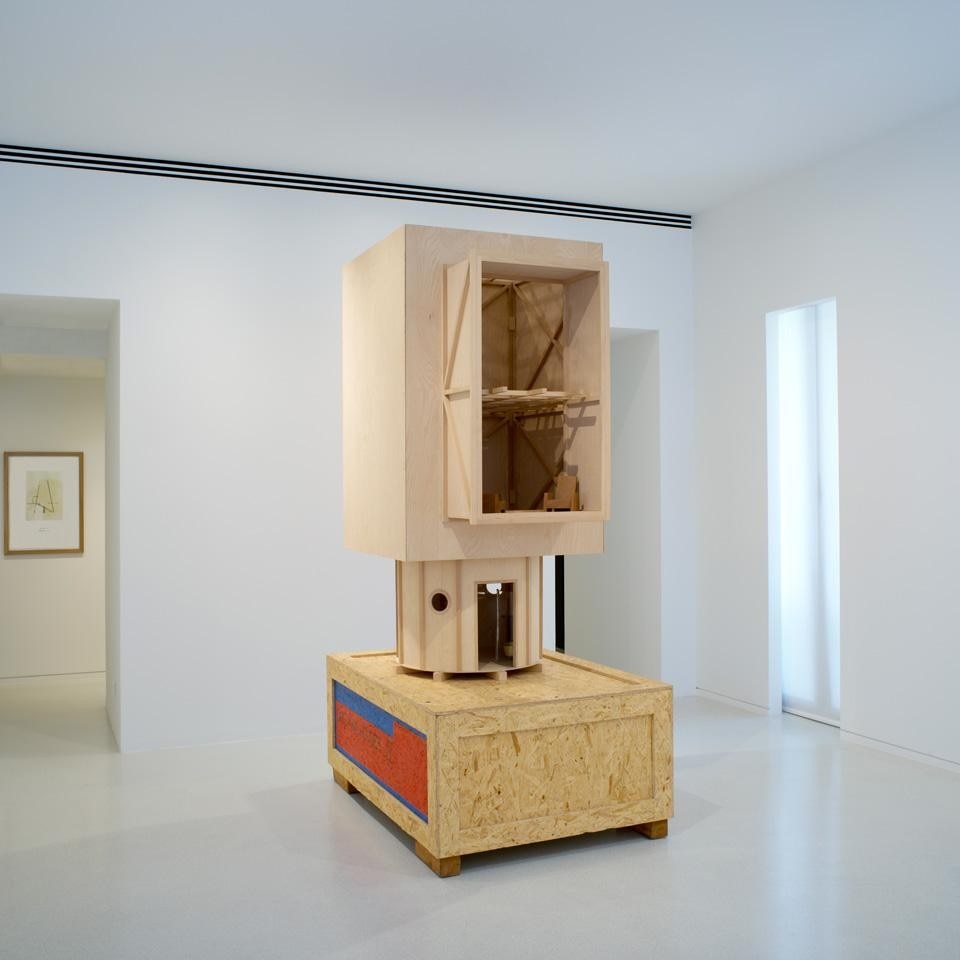
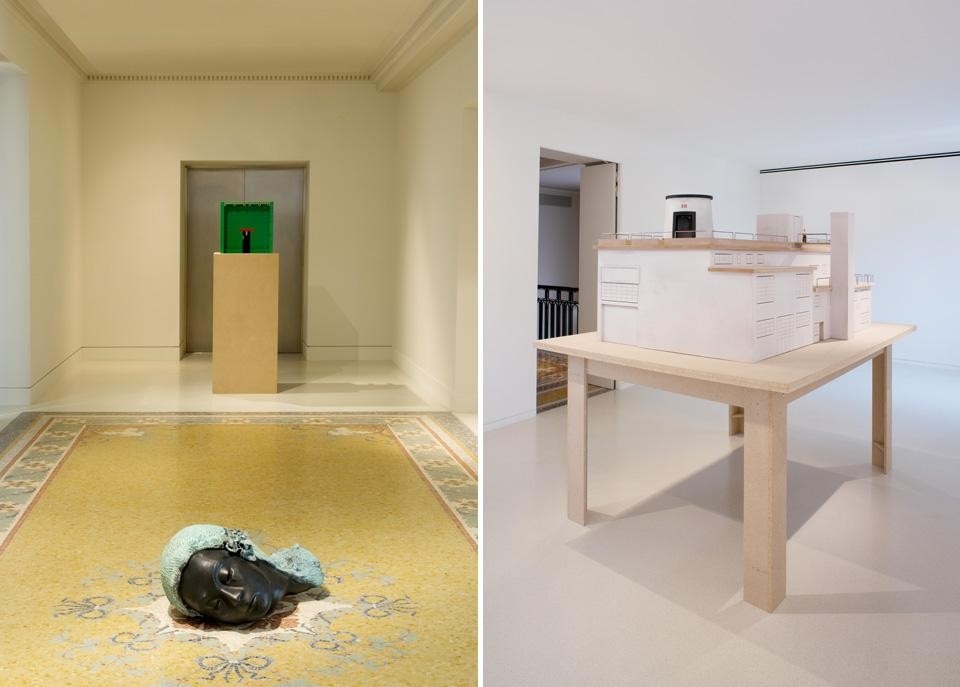
Thomas Schutte: Houses
Nouveau Musée National de Monaco
56 boulevard du Jardin Exotique, Monaco
